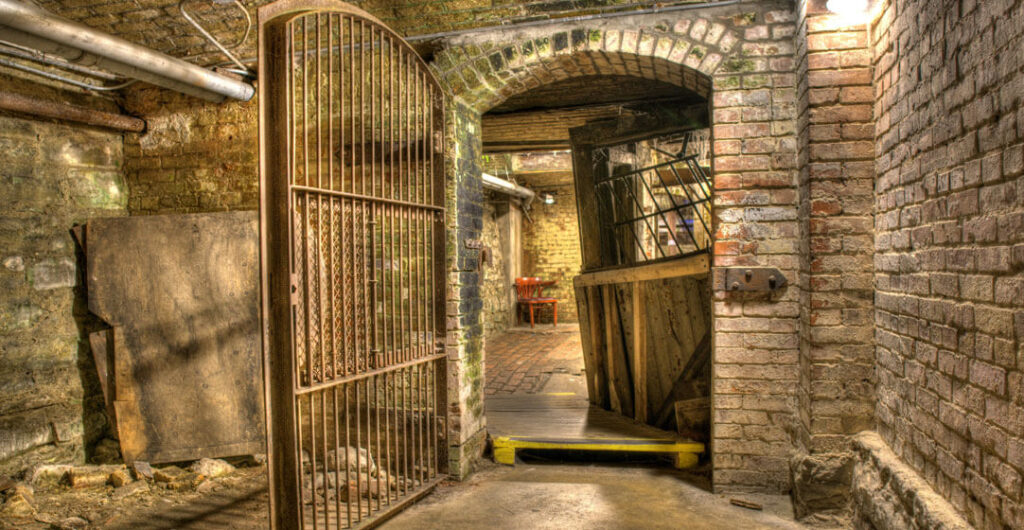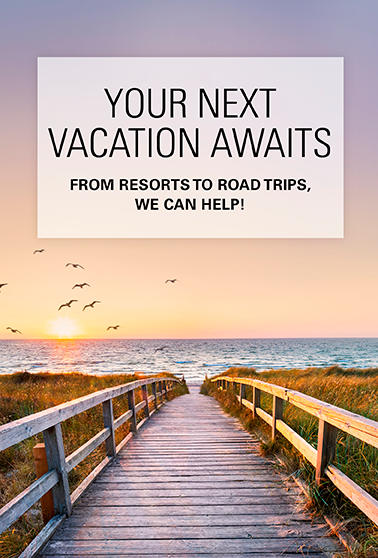See 12 Fun Stops in the City’s International District and Pioneer Square
After struggling through the pandemic, Seattle’s downtown districts are working hard to welcome back both locals and out-of-town visitors. And two great areas to explore are the Chinatown-International District and Pioneer Square. Cultural attractions, historic sites, unique shops, diverse dining venues and open space offer plenty to discover.
The area has both on-street and off-street parking and is easy to get to via public transportation. And once you’re there, it is easy to explore on foot. Try this itinerary for a downtown day trip that covers some highlights in both neighborhoods.

Seattle International District
Start at the Panama Hotel Tea & Coffee House (607 S. Main St.), which serves coffee, tea, Japanese pastries and plenty of neighborhood history. Once the hub of Nihonmachi (Japantown), which is now part of the larger Chinatown district, the cafe’s walls are dotted with vintage maps, photographs, signs, framed letters and ephemera. A plexiglass window cut into the floor offers a glimpse of some of the unclaimed personal effects Japanese neighbors stored in the basement before tragically being sent to internment camps by the U.S. government during World War II.
Dig deeper into the history, art and culture of this community at the Wing Luke Museum of the Asian Pacific American Experience (719 S. King St.), which tells the stories of Asian Americans, Native Hawaiians and Pacific Islanders. Don’t miss the main floor ongoing exhibit about martial arts legend and film star Bruce Lee, who lived in Seattle for five formative years. Lee also played the Green Hornet’s sidekick, Kato, on the TV show that ran for one season. A third-floor display case is filled with toys, costumes and many other rare Kato-branded items.
The International District has numerous places to stop for lunch, including the food hall at the 35,000-square-foot Uwajimaya Asian Market (600 Fifth Ave. S.). In addition to seafood, produce and a vast array of Asian grocery items, the store carries household goods, affordable gifts, character items and well-priced local souvenirs.
After lunch, roll into the Seattle Pinball Museum (508 Maynard Ave. S.), which is home to more than 50 lovingly cared-for pinball machines from all eras, arranged in chronological order. And they’re not just for show. Here you pay one admission and can play any or all machines for as long as you’d like.
Step into the KOBO at Higo (604 S Jackson St.) for another journey to the past. The shop is filled with artist-made treasures and occupies the space that housed the Higo Variety Store, a mainstay of the Japanese community for more than 75 years. Items discovered in the storeroom form the core of an exhibit area that recreates the original store.

Pioneer Square
From Jackson Street head toward historic Pioneer Square, which is Seattle’s first neighborhood.
An ideal first stop is the compact Klondike Gold Rush National Historical Park (319 Second Ave. S.; free admission), located on two levels inside the former Cadillac Hotel. Exhibits tell the story of the Klondike Gold Rush and the impact it had on Seattle. In 1897, when word got out that gold had been discovered almost a year earlier near the Klondike River in Canada’s Yukon Territory, the city positioned itself as “the gateway to the gold fields.” Few of the 70,000 miners who headed north from Seattle struck it rich. But many Seattle merchants who outfitted them with supplies did.
Free “Trail to Treasure” maps of more than a dozen other historic “bonus” sites in Pioneer Square are available at the park information desk. One of the most pleasant and surprising is the compact Waterfall Garden Park (219 Second Ave. S.). The urban oasis sits on the site where the American Messenger Service, known now as United Parcel Service (UPS), was founded.
If you’re a fan of fire engines and vintage firefighting equipment, try scheduling your walking tour on a Thursday so you can stop in to the Last Resort Fire Department Museum (301 Second Ave S.), which is free Thursdays in the building that has housed Seattle’s Fire Department Headquarters for more than 80 years. The Last Resort Fire Department owns the Pacific Northwest’s largest collection of firefighting memorabilia and apparatus and displays eight vintage trucks, historic photographs and numerous vintage uniforms, fire extinguishers and nozzles.
Around the corner in Occidental Park (117 S. Washington St.) is the Fallen Firefighters Memorial, a statue that honors all firefighters who have died in the line of duty. It was inspired by four firefighters who died fighting a warehouse fire nearby in 1995.

Underground and bird eye’s view
Many people enjoy the entertaining Underground Tour (614 First Ave.), which takes visitors through some of the subterranean sidewalks and storefronts created when the city raised the neighborhood’s street levels by up to 35 feet after the Great Seattle Fire of 1889.
If you’d also — or rather — have a bird’s eye view of the city, a great way to end this walking tour is with a visit to the 38-floor Smith Tower (506 Second Ave.). The tower opened to the public on July 4, 1914, as Seattle’s first skyscraper. And for many years Smith Tower was also the tallest building west of Ohio. Today, multimedia lobby level exhibits detail the history of the tower and its noted tenants, which included bootleggers and a radio station. A gleaming Otis elevator takes visitors to the 35th floor, which has a caged outdoor viewing deck with 360-degree views and an indoor speakeasy-style bar and restaurant.
From the Smith Tower, you may also want to extend your walking tour with a couple of other downtown Seattle stops such as the Seattle Art Museum (1300 First Ave.) or Pike Place Market (85 Pike St.). You can return to the Tower to recap the day with a view of the city at Elliott Bay at sunset.
—Harriet Baskas
Harriet Baskas is the author of the new guidebook “111 Places in Seattle That You Must Not Miss,” part of the international series of 111 Places guidebooks designed for locals and experienced travelers.
—Top photo is of the exterior of the Seattle Art Museum. By ColleenMichaels/AdobeStock









